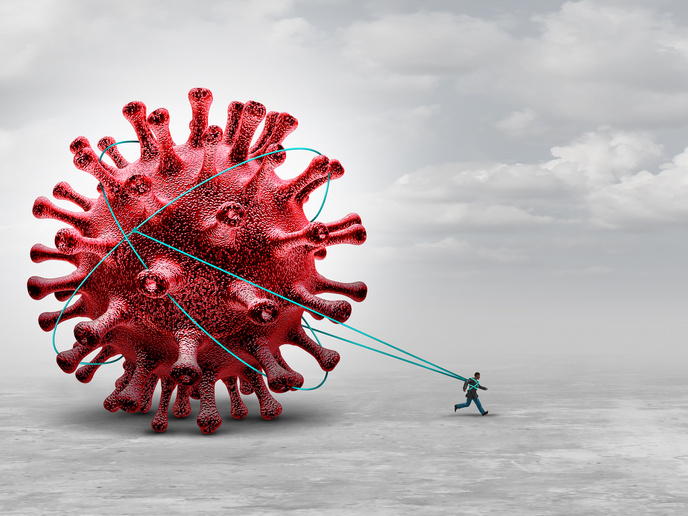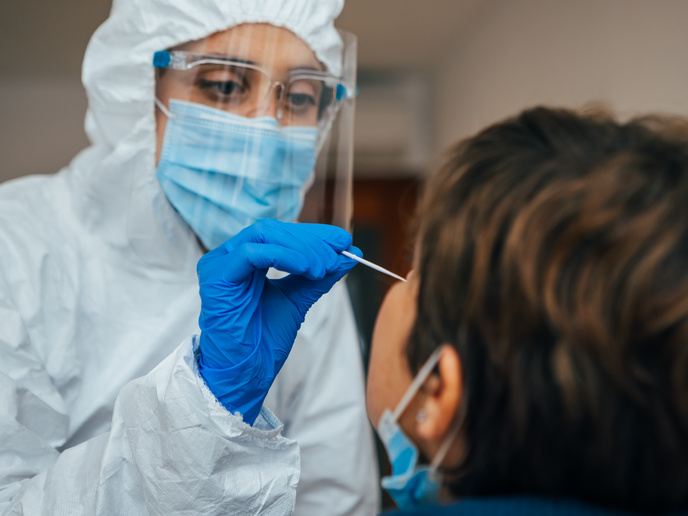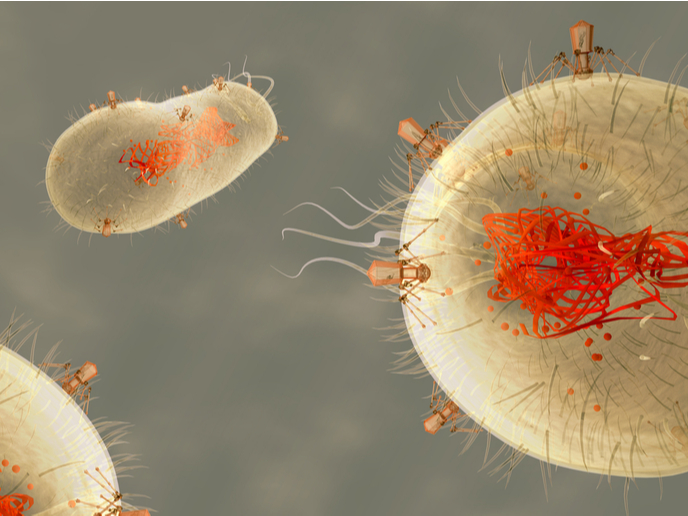How the SARS-CoV-2 virus interacts with different surfaces
The bulk of COVID-19-related research has focused on its mutations, how it spreads from person to person, and how it can be prevented via vaccines and medications. What tends to be overlooked is how the SARS-CoV-2 virus interacts with various surfaces. “Although this aspect of the pandemic is not being studied by other research groups, it has substantial implications as to the spread of these infectious diseases,” says Jordi Faraudo(opens in new window), a researcher at the Institute of Materials Science of Barcelona(opens in new window) (ICMAB-CSIC). With the support of the EU-funded MAT4COVID(opens in new window) project, Faraudo, along with his colleague and Marie Skłodowska-Curie Actions(opens in new window) fellow Mehdi Sahihi(opens in new window), is taking a closer look at this generally ignored corner of corona. “By studying the fundamental physico-chemical aspects of SARS-CoV-2 virus-surface interaction, we hope to identify which factors make a particular surface prone to virus adhesion or, on the contrary, make a surface virucidal,” adds Sahihi.
How a virus interacts with a surface depends on the type of material
A prominent feature of the SARS-CoV-2 virus is its large spikes, a characteristic from which the virus family got its ‘corona’ (or crown) name. These spikes are also responsible for the virus’ infectivity. “Since the spike is highly exposed, it easily interacts with the surrounding environment, including the surface materials it touches,” Faraudo explains. Using advanced computational chemistry tools, algorithms, big data and supercomputers, researchers set out to predict how the virus would interact with such common surface materials as metals and plastics. What they found was that how the virus interacts with a surface material is highly specific. For example, metals tend to affect the structural integrity of the spike, with gold causing the greatest amount of deformation. “Because metals can inactivate the SARS-CoV-2 virus, they are good candidates for use in developing a new generation of virucidal materials,” notes Sahihi. Using computational methods, researchers also predict that the virus’ spike is not deformed by adsorbing over polystyrene. However, it does show a strong adhesion over polymer. “This suggests that plastic may be able to accumulate infective viral particles,” says Faraudo.
Ensuring we are better prepared for the next pandemic
Bringing together concepts and tools from such fields as chemistry, molecular biology, physics and material science, the MAT4COVID project succeeded at uncovering new insights into an essential aspect of viral diseases. “Unlocking the secrets of the structure-activity relationship of virucidal materials and coatings not only opens the door to the development of revolutionary new solutions, most importantly, it ensures that we are better prepared for future pandemics,” concludes Sahihi. The research team continues to explore the fundamental concepts behind the interactions between viruses and materials, with other potential biomedical applications in mind.







